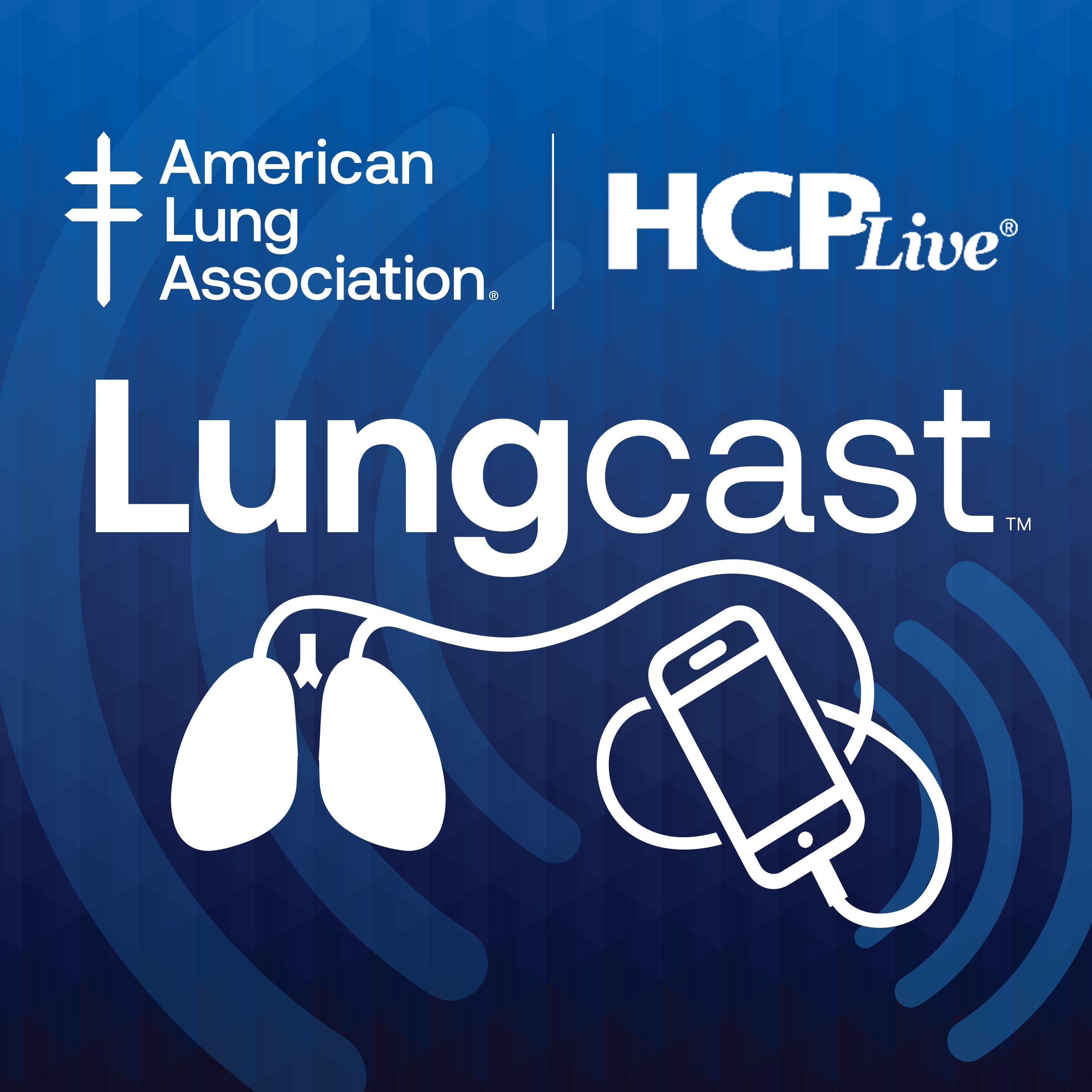News
Article
Psoriatic Joint Pain, Itch Linked to Greater Risk of Fatigue
Author(s):
Patients with both psoriasis and psoriatic arthritis may be more likely to be tired based on symptom severity.
Credit: Pexels / Andrea Piacquadio

Joint pain and itch in patients with psoriasis and psoriatic arthritis (PsA) are more greatly associated with fatigue than other factors including psoriasis severity in patients either or both condition, according to new data.1
Findings from an international team of investigators suggest that psoriasis and PsA are significantly linked to fatigue—albeit more than doubly so for patients with PsA—compared to the general population. The team additionally reported that measurable symptoms such as itch frequency and severity are closely associated with increasing fatigue in such patients, leaving clinicians with more incentive to gauge patients’ psoriatic disease symptoms versus measures of disease severity alone such as Psoriasis Area Severity Index (PASI).
This is among the latest iterations of research to attribute symptoms of psoriatic disease with poor sleep or increasing fatigue. A study from a group of Spain investigators earlier this month associated neuropathic pain scores with increased risk of fatigue.2
Led by Lea Nymand, MSc, of the department of dermatology at Bispebjerg Hospital at University of Copenhagen, the team of Denmark-based investigators sought to explore characteristics of and potential drivers of fatigue among a nationwide cohort of patients with psoriasis and PsA.1 They noted that, despite a previously established understanding of greater risk of fatigue due to PsA versus psoriasis, the relative influence of disease symptom and severity on patients with psoriasis with and without concomitant PsA remains lesser known.
“Data suggests that treatment with biologic therapy may improve fatigue to some extent in psoriasis and PsA patients, however, there is a need for further studies to better understand the different dimensions of fatigue that are affected in patients with psoriatic disease,” they wrote.
Nymand and colleagues used the 20-item psychometric Multidimensional Fatigue Inventory score (MFI-20) to gauge measures of the 5 dimensions of fatigue, with 4 yes-or-no questions constituting each component:
- General fatigue
- Physical fatigue
- Reduced activity
- Reduced motivation
- Mental fatigue
The team compared patients from the prospective 2018 Danish Skin Cohort with psoriasis and PsA to those with lone psoriasis. They additionally included a general control population surveyed regarding their MFI-20 status. Greater MFI-20 scores indicated more severe fatigue.
Their final population included 2148 adults with lone psoriasis, 593 with both psoriasis and PsA, and 3788 in the control arm. Participants were surveyed October – November 2020, and additionally asked about symptoms and disease severity measures including current joint pain intensity; severity of pruritus; skin pain; and sleep problems. Each measure was scored on a scale from 0 – 10, with higher scores indicating greater severity.
Patients with lone psoriasis (mean age, 55.9 years) were generally younger than those with psoriasis and PsA (61.2) and the general population (60.5). A majority of each cohort was female and approximately one-third of all participants were never smokers.
Mean patient age at psoriasis onset was older (30.2 years) in those with lone psoriasis versus those with PsA (27.2). Psoriasis patients primarily reported mild disease severity, with low median measures for impacted quality of life; those with concomitant PsA were more likely to report greater sleep trouble.
Regarding total fatigue scores per MFI-20, patients with psoriasis, as well as those with concomitant PsA, were more likely to report higher scores versus the general population. The greatest impact on total fatigue was associated with concomitant PsA (β= 5.23; 95% CI 3.55 149 - 6.90; P <.0001), followed by psoriasis (β= 2.10; 95% CI 0.96 - 3.25, P <.0001), versus the general population.
Investigators additionally observed significant association between overall fatigue and mild or moderate psoriasis severity, versus mild disease. Increasing joint pain was additionally linked to increased overall fatigue among both patient groups, as well as greater intensity of itch. Interestingly, skin pain only in patients with psoriasis and concomitant PsA was significantly associated with high overall fatigue scores.
Having psoriasis and/or PsA was significantly associated with every component of fatigue versus the general population—though the impact was greatest in those with concomitant PsA, on scores for general fatigue (P <.0001), physical fatigue (P <.0001) and reduced activity (P = .0022).
“Having more severe psoriasis yielded only slightly higher scores compared with mild psoriasis for all fatigue components, however, in both psoriasis and PsA, greater intensity of joint pain was associated with much higher fatigue scores, in particular for general fatigue, physical fatigue, and reduced activity,” investigators noted.
Though the findings were significant, investigators stressed that the novel concept of assessing individual components of fatigue in patients with psoriatic disease warrant a greater extension of analysis into the subject. All the same, they concluded that via MFI-20, there were able to identify a negative effect of psoriatic disease on all individual components of fatigue.
“Main drivers of fatigue were joint pain and itch, whereas psoriasis severity had little impact on fatigue,” Nymand and colleagues wrote. “These findings highlight the importance of a symptom-based approach when treating psoriasis, rather than focusing on objective severity measures alone.”
References
- Nymand L, Kristensen LE, Thomsen SF, Thyssen JP, Egeberg A. Characteristics and drivers of fatigue in patients with psoriasis and psoriatic arthritis - a cross sectional study. J Am Acad Dermatol. Published online February 21, 2024. doi:10.1016/j.jaad.2024.02.026
- Pine L. Neuropathic Pain Linked to Poor Sleep Quality in Patients with PsA. HCPLive. Published online February 11, 2024. https://www.hcplive.com/view/neuropathic-pain-linked-to-poor-sleep-quality-in-patients-with-psa





